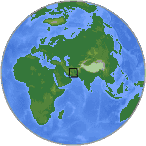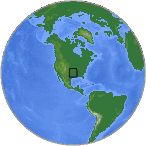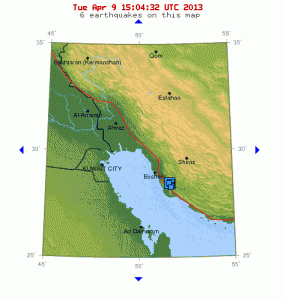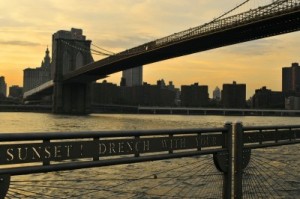After a recent earthquake swarm along the Persian Gulf in Iran, a second deadly earthquake in less than one week shook Iran close to the Iran-Pakistan border in Khash. The 7.8 magnitude quake on April 16, 2013 was the strongest earthquake to hit Iran in more than 50 years, killing at least 46 people in the sparsely populated area and swaying skyscrapers and buildings as far away as New Delhi, India. According to USAToday, Iran’s emergency crew, The Red Crescent, said it was facing a “complicated emergency situation” in the area with villages scattered over desolate hills and valleys.
Meanwhile on the other side of the planet, Oklahoma had six earthquakes within an eight mile radius, and Old Faithful Geyser, Yellowstone National Park, Wyoming rumbled from a second small quake to shake Wyoming over the past week.
Iran EQ Started in Oklahoma
This earthquake activity actually started on the North American Plate in Oklahoma along the prehistoric Craton Plate boundary in the southern USA. The Craton boundary is the location of the North American continental shoreline over 65 million years old, and earthquakes along this ancient southern plate boundary are increasing in Oklahoma, Texas, Arkansas, and along the Gulf of Mexico and Mississippi River Valley.
Rockin’ In OK
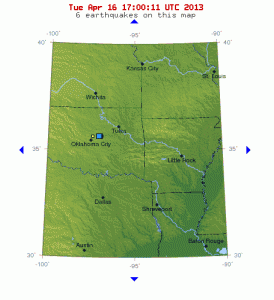
USGS map of the April 16, 2013 earthquakes in Oklahoma showing the location of the ancient Craton Boundary in the southern USA/Oklahoma
At 1:45 AM CST, Chandler, Oklahoma split the night with a 3.0 magnitude earthquake, followed 13 minutes later by a 4.6 quake four miles away in Luther, Oklahoma. At 2:15 AM CST, Boley, Oklahoma rattled with a 2.9 magnitude quake, and a 3.3 quake 1 minute later snapped back to Luther. Three hours after that and to the minute at 5:16 AM CST, Luther, Oklahoma had another quake with the highest magnitude so far, registering 4.2. At 12:06 PM CST, Luther had Oklahoma’s sixth eq of the day, registering 3.5 magnitude.
At 4:46 AM CST, a 3.0 quake rattled Old Faithful in Yellowstone National Park, on the western side of the Craton Boundary. One hour later on the other side of the world, the Earth split at the Iran-Pakistan border with a 7.8 magnitude quake.
Keep an eye on USGS because today has only started.
